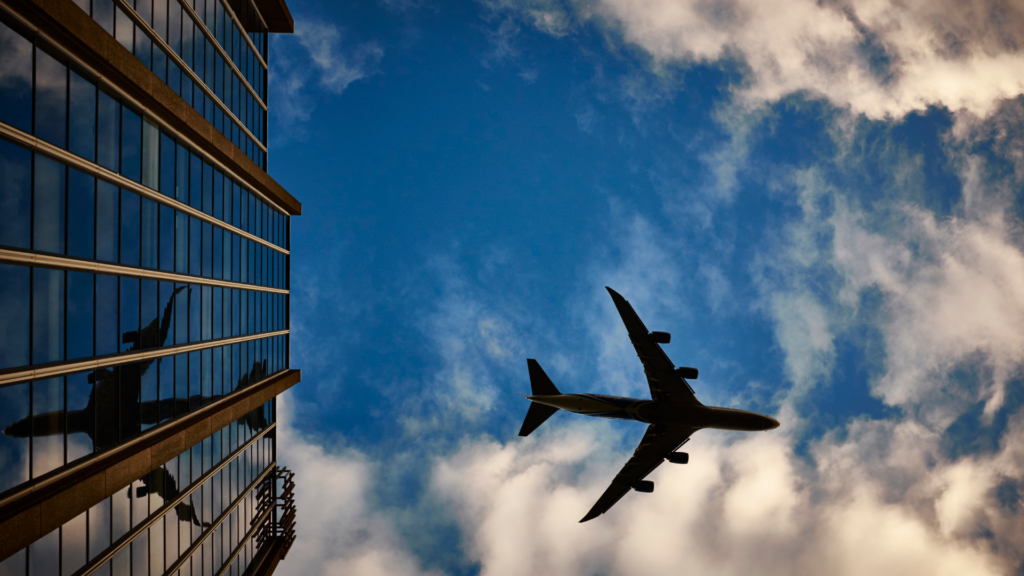
It’s almost 2022 and the C-Band spectrum for 5G is still a hot topic. Amongst large sums of money AT&T and Verizon have spent on obtaining C-Band, and delays due to FAA concerns, the carriers are pressing on to continue rollout on January 5th.
Agreements were made to limit the amount of signal broadcasted on these frequencies around airports. These limitations will last for at least six months. The FAA also recently posted newly published documents, which provide further information about steps that will be required in areas potentially affected by 5G C-band interference.
The threat to airline safety remains the subject of debate. Aviation officials have even said that turning on C-band spectrum could lead to delays in air travel for passengers and cargo. A question of why it took this long to issue warnings is also something of debate now. After all, there were folks who voiced concerns over the 3.7GHz C-Band back in 2018. At that time they said radio altimeters operating in the adjacent 4.2-4.4 GHz radio frequency could be compromised.
In the FCC’s written decision about repurposing the C-band for 5G, the commission noted that a 220-megahertz guard band would protect radio altimeters in the 4.2-4.4 GHz band – this is double the minimum guard band requirement initially discussed by Boeing and other aviation officials.
In response to this, CTIA, the wireless industry trade group, pointed out that nearly 40 countries already are safely using these and similar radio waves for 5G. That is, at similar power levels, and with no evidence of harmful interference with aviation equipment.
Last week, CTIA issued a joint statement with the Aerospace Industries Association and Airlines for America about their “ongoing collaboration to find a data-driven solution” to deploy 5G while ensuring aviation safety. CTIA reiterated the wireless industry’s plan to launch 5G in the C-band on January 5, 2022.
“We are pleased that after productive discussions we will be working together to share the available data from all parties to identify the specific areas of concern for aviation. The best technical experts from across both industries will be working collectively to identify a path forward, in coordination with the FAA and FCC,” the groups stated. “Our belief is that by working collaboratively in good faith on a data-driven solution, we can achieve our shared goal of deploying 5G while preserving aviation safety.”


